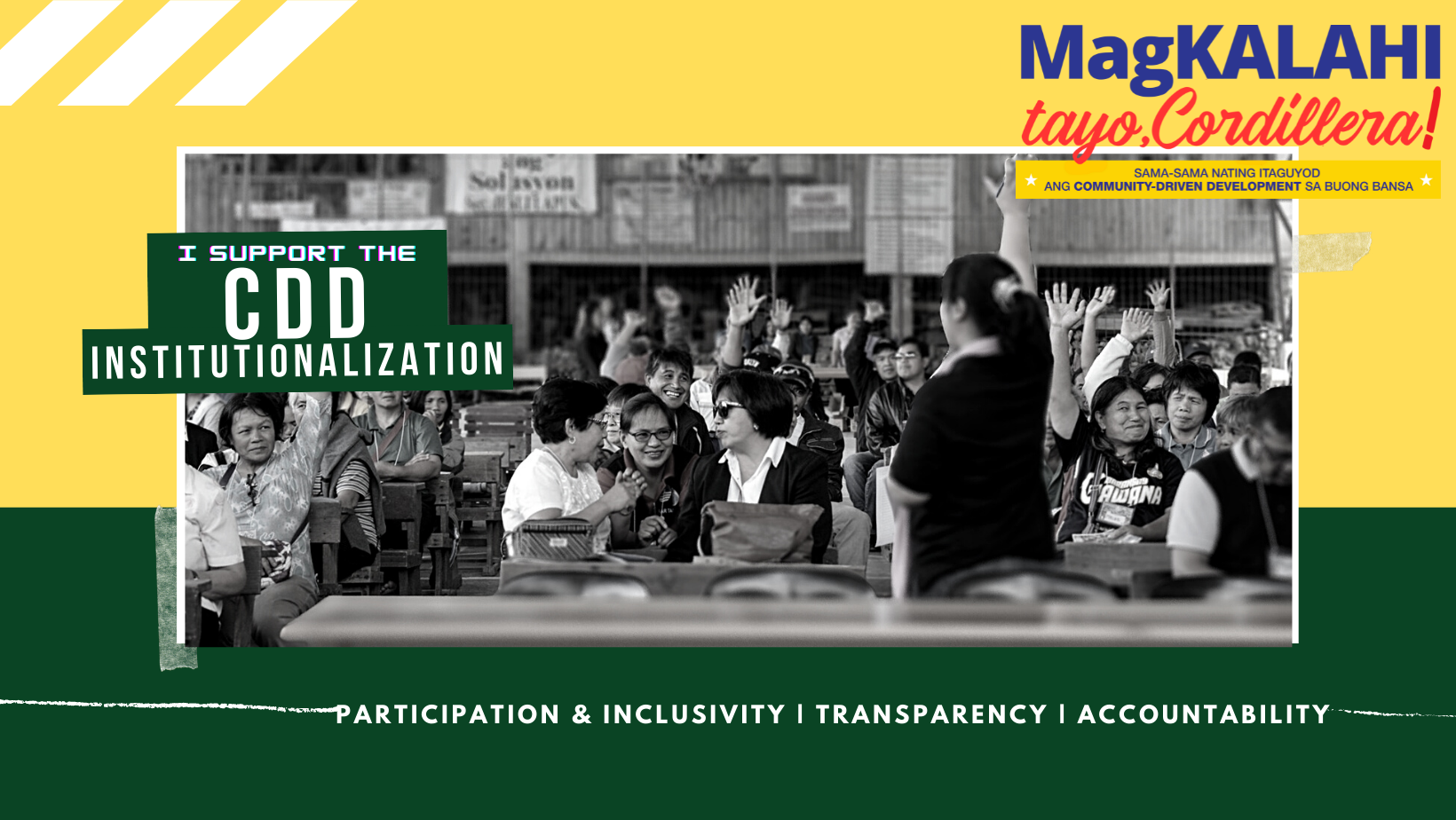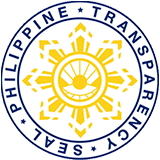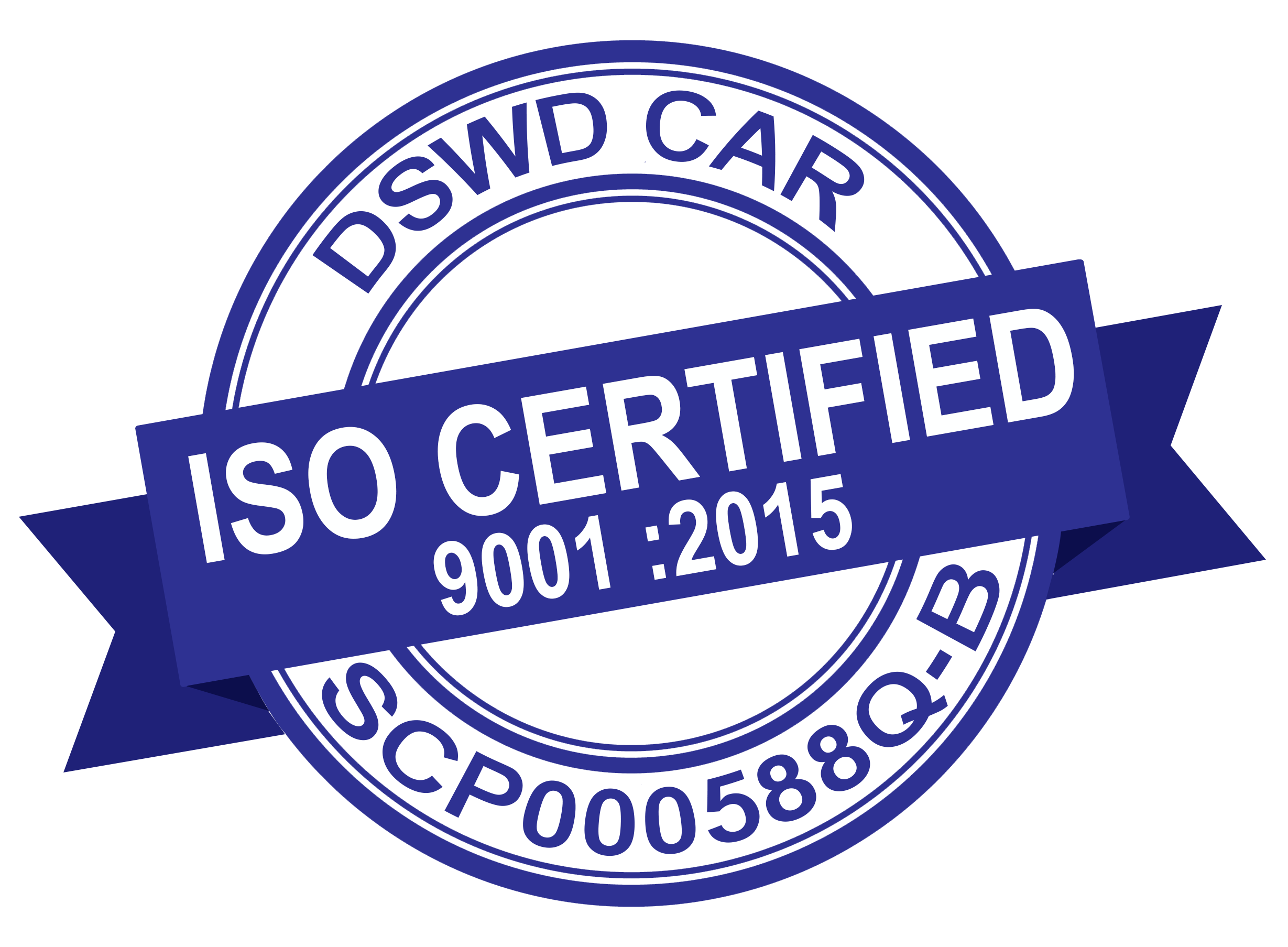
To support a more efficient delivery of government services to the community, Cordillera’s highest planning and policy-making body- the Regional Development Council-Regional Peace and Order Council (RDC-RPOC) urged local government units to adopt the Community Driven Development (CDD) approach through the RDC-ROPC CAR Joint Resolution No. 05, s. 2019.
CDD is a strategy that aims to empower ordinary Filipinos, especially those who are poor, vulnerable, and marginalized, to participate in government projects and activities. One way to obtain this is through the Participatory Situational Analysis (PSA) where the community itself identifies and prioritizes projects to be implemented given their available resources. This way, they are given the opportunity to voice out their needs and suggest solutions to ongoing challenges in their community, including what contributions they can make for its implementation.
From 2019 to this year, 2022, a total of 11 Municipalities have already adopted this process through a local resolution and/or ordinance. Specifically, the approved resolutions for adoption were implemented in the Municipality of Lagayan and Lacub and 13 other barangays of the Cordilleras (Loo in Buguias; Ba-i, Collago, Pang-ot, Poblacion, and Pulot in Lagayan; Bolbolo, Brookside, Nanangduan, and Ocup in Pilar; Danggo, Binablayan, and Wangwang in Tinoc). While 10 other Municipalities (Asipulo, Kabayan, Kapangan, Kibungan, Mayoyao, Pasil, Pilar, Tinoc, Tubo, and Villaviciosa) and Brgy. Baculongan Norte has already approved local ordinances for CDD adoption. These are in addition to the existing eight (8) Municipalities (Barlig, Besao, Buguias, Malibcong, Pudtol, Sadanga, Sagada, and Tinglayan) adopting CDD principles before RDC’s call for institutionalization in 2019.
To aid in a more inclusive and participative project implementation, most of the local government units included in their resolutions/ordinances the accreditation of the different Civil Society Organizations and Community-Based Organizations to be members of the Barangay Development Council (BDC). The responsible team to assist the Sangguniang Barangay in setting the direction of economic and social development and coordinating development efforts within its territorial jurisdiction. This way, the citizens are further empowered to express their needs through their representation in the BDC.
CDD also encourages transparency of government processes and activities to the community. One way for this to be achieved is the conduct of reporting of the actual accomplishments of the projects with the financial aspects during barangay assemblies. Another process that was commonly adopted by the LGUs. This is alongside the formation or tapping of Operations and Maintenance Group coming from the community to ensure the functionality and sustainability of the projects implemented.
Several other principles of the CDD strategy was adopted individually by the LGUs as reflected in their resolutions and/or ordinances. These LGUs have implemented the CDD strategy in more than three social and developmental projects that were funded under the Department of Social Welfare and Development- Kapit Bisig Laban sa Kahirapan- Comprehensive and Integrated Delivery of Social Services (KALAHI-CIDSS) Program. Mainly water systems, farm to market roads, and others that address social protection and development of the community.
DSWD continuously advocates for the institutionalization of the CDD principles as a long-term strategy to enhance participation, transparency, and accountability in governance. #DSWD-CAR, Social Marketing Unit, Eden Faith S. Fataner




